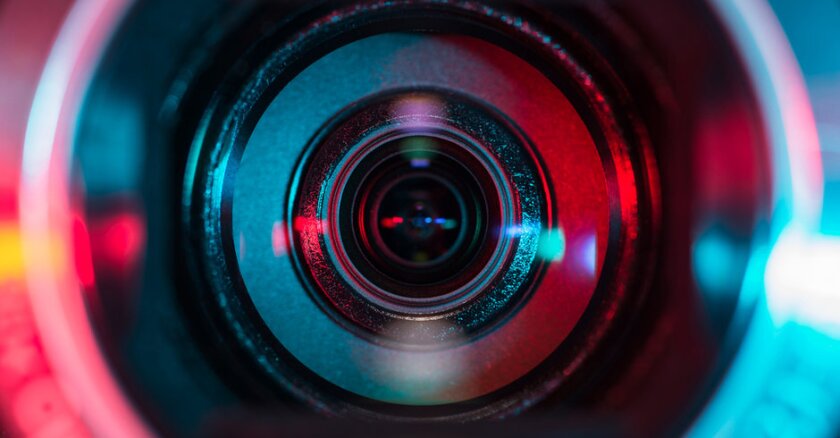Since March, there have only been 28 confirmed COVID-19 cases among HVCC students and staff, giving the community college one of the lowest infection rates within the SUNY system among schools of a similar size. HVCC has 10,000 to 11,000 students enrolled in a typical year.
HVCC says a lot of that success is due to a high-tech temperature screening technology developed by Shepherd Communication and Security in Albany that it uses at three special entrances at the school.
When the pandemic hit earlier this year, HVCC President Roger Ramsammy knew that the college would need a sophisticated screening tool, especially since its students come and go much more frequently than at a four-year residential college where students tend to spend more time on campus.
It turned out, Shepherd had just what Ramsammy was looking for. He had seen a similar technology used at a conference in Cooperstown and came away impressed.
"We had to find the best system that would work for us," Ramsammy said this week while he showed off the new system, which was installed in August. "Shepherd was the only one that could do this type of work. I knew that that was a system that could do it."
At three designated security checkpoints across campus, the company has installed the custom-built systems, which cost roughly $18,000 each.
At the designated building entrances, security staff check to ensure that students and staff completed an online COVID self-assessment that day before getting a wristband that shows they have been screened.
All the while, security is taking the body temperatures of those who are walking through the checkpoint — without the need for that staffer or others to take everyone's temperature manually with a handheld thermometer.
That's because the system built for HVCC by Shepherd includes an infrared camera that takes the temperatures of students and staff passing through the security entrances.
The camera is set up in tandem with a so-called blackbody calibrator that ensures that the temperatures of people passing by the camera system are within 0.2 or 0.4 degrees Fahrenheit.
The mobile system, which includes a display screen that shows people passing through the security with their body temperatures floating above their head, is designed to flag people with temperatures — a potential indication of COVID-19 since people who develop the respiratory disease typically have high fevers.
People walk up to the security desk without having to have their temperature taken by hand, a typical process used locally by gyms and doctors offices that can sometimes produce uneven results due to human or machine error.
When a person passes by the infrared camera with an elevated temperature, the system makes a loud chirp. That person, who has been recorded on video for verification, is then referred to the campus health center for follow-up and potential COVID-19 testing. The results are also printed out.
Richard Ruzzo, a managing partner at Shepherd, which is located on Railroad Avenue, says one of the best qualities of the system is that it frees up security so they don't have to worry about the readings they are taking and if they are conducting them correctly.
"It gives public safety time to do what they need to do," Ruzzo said.
Ramsammy says the system has been so effective and efficient that the benefits far outweigh what he says is really a low-cost product in the scheme of higher education budgets, even when the pandemic had strained finances at colleges across the nation.
Although most HVCC students are taking remote classes, in-person labs and classes such as automotive repair and health sciences courses that require hands-on teaching have continued for 1,250 students. On average, 750 people come through the security checkpoints a day.
"There is no comparison when it comes to what we get out of this," Ramsammy said. "We need to protect everyone on the campus."
And HVCC is not the only place that Shepherd has been selling its technology. Other customers are SUNY Polytechnic Institute, Burnt Hills-Ballston Lake School District, WMHT and AAA Hudson Valley. The company believes that sports and entertainment venues will also be interested and is also looking for a local manufacturer to help it rapidly scale up production of the systems.
(c)2020 the Times Union, Distributed by Tribune Content Agency, LLC.









